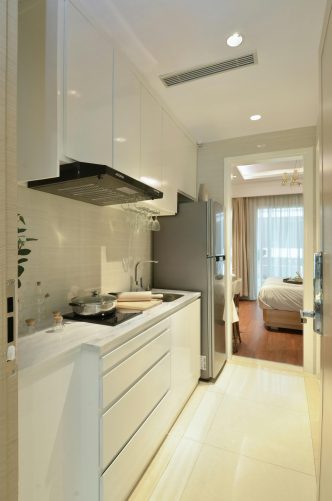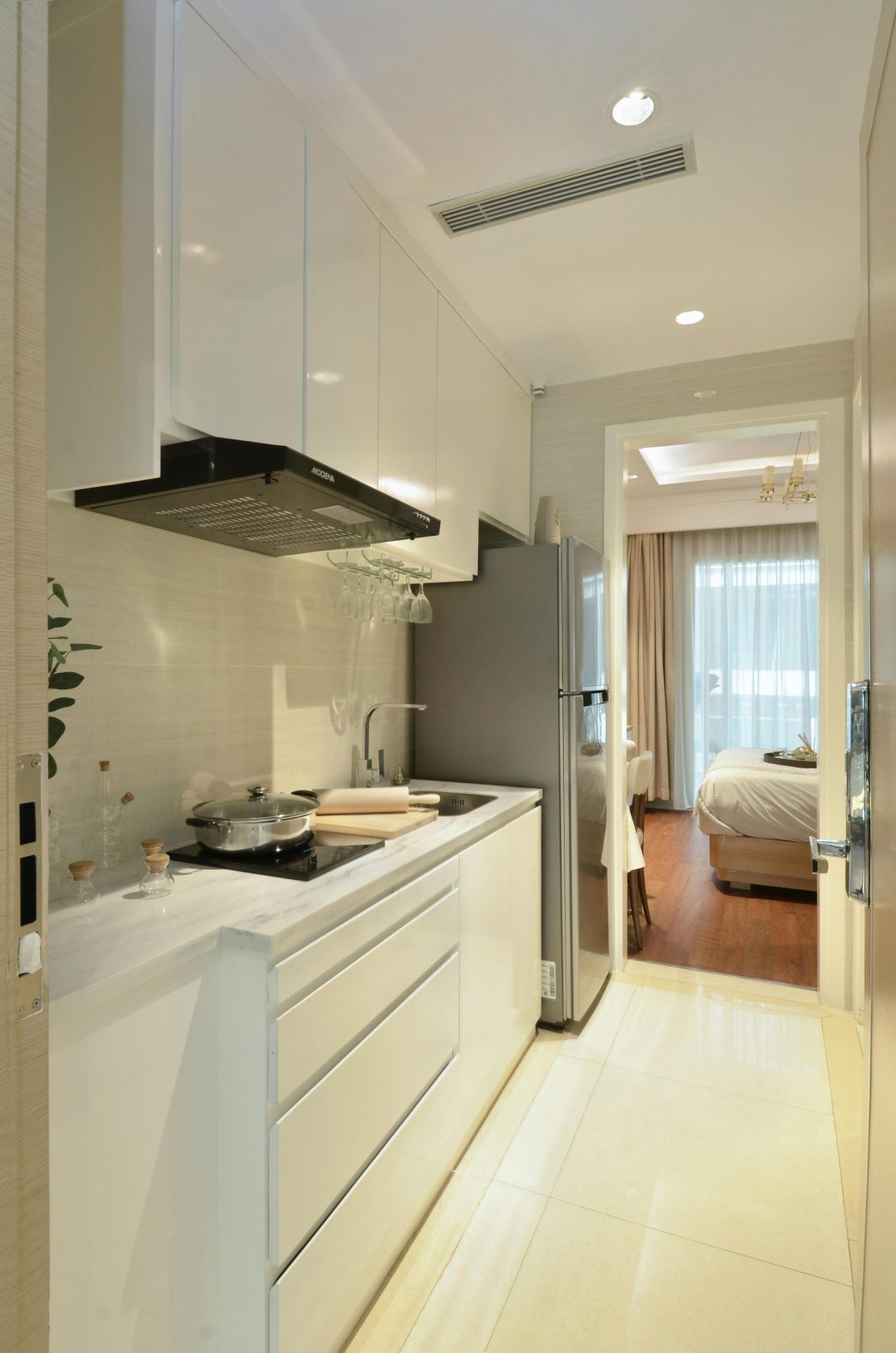Designing multifunctional rooms is increasingly popular, especially in smaller homes where every square meter counts. These versatile spaces serve multiple purposes—a bedroom that doubles as a home office, a living room that transforms into a dining area, or a kids’ room combining play and study zones. Successful multifunctional design relies on careful planning, practical furniture, and thoughtful use of colors and accessories.
Define Zones Clearly
Start by dividing the room into functional zones. Visual separation can be achieved through rugs that define specific areas, screens or shelving as partitions, or using different wall colors for each zone. For instance, in a living room that also serves as a workspace, place a desk and chair in one corner while keeping the sofa and coffee table in another, using a rug to mark the relaxation area.
Opt for Flexible Furniture
Flexible furniture is essential. Foldable tables, sofa beds, storage beds, and nesting tables optimize space efficiently. Modular pieces can be easily reconfigured to suit different activities. For example, an extendable dining table can serve for meals, work, or hobbies.
Utilize Vertical Space
Vertical storage is often overlooked but can be a game-changer. Wall shelves, hanging cabinets, and hooks provide storage without taking up floor space. In kids’ rooms, vertical shelving can hold toys and school supplies, while in bedrooms it can store books, decor, or essentials.
Layer Lighting for Different Activities
Lighting shapes the ambiance in multifunctional spaces. Use varied light sources for each zone—pendant lights over a dining table, desk lamps for work areas, and floor lamps for relaxation corners. Dimmer switches allow you to adjust brightness from task-focused lighting to cozy moods.
Use Colors and Materials to Define Zones
Colors and textures help differentiate areas visually. Stick to neutral tones for the base and add accent shades to highlight zones. Incorporate textures such as soft rugs, linen curtains, and wooden elements to add warmth and create natural separation between functions.
Smart Storage Solutions
Efficient storage keeps multifunctional rooms tidy and functional. Use baskets, boxes, and cabinets that blend with the room’s aesthetic but provide ample space. Beds with drawers, benches with storage, and furniture with built-in units make the space practical and organized.
Thoughtful Decoration
Keep decor minimal and functional. Choose decorative items that are both useful and visually appealing. Wall art, plants, and textiles can tie different zones together harmoniously.
Conclusion
Designing multifunctional rooms requires creativity and flexibility but allows you to make the most of your space without sacrificing style or comfort. With the right furniture, zoning, and organization, you can create a room that meets multiple needs and adapts to your lifestyle.
Photos:Pexels
















